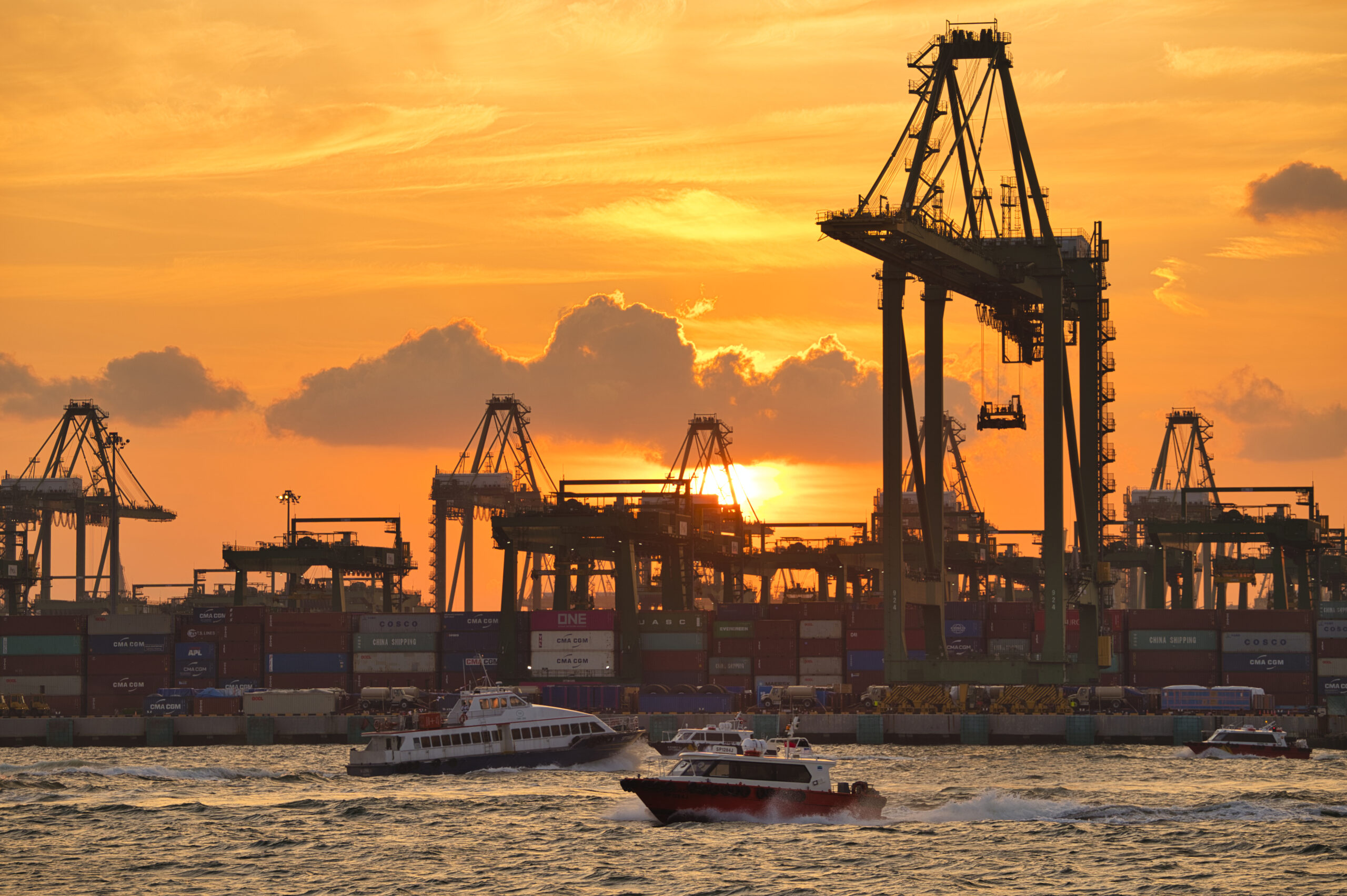Houston, 18 August (Argus) — US refiners are expecting a boost from returning medium and heavy crude supplies from Canada, Venezuela and the Opec+ group of countries.
About 2mn-2.5mn b/d of medium and heavy crude should be returning to the market in the autumn, coinciding with seasonal refinery maintenance, US independent PBF Energy chief executive Matthew Lucey says. This will cause light-heavy spreads to widen in the third and fourth quarters, he says. Additional supplies will be “a huge tailwind going forward” for PBF by lowering the cost of feedstocks, which has “a dollar-for-dollar impact” on the company’s bottom line, Lucey says.
US sanctions against Venezuela pulled about 200,000 b/d out of the US Gulf coast market and Canadian wildfires took about 5mn bl of June supply off the market, Valero’s chief operating officer Gary Simmons says. “Things will get better,” probably starting in the fourth quarter, he says.
Marathon Petroleum chief commercial officer Rick Hessling says that he sees “positive trends” in Canadian oil for his company’s refineries that consume large amounts of heavy and medium crude. These include less competition for supply because of turnarounds at the US Gulf coast in the autumn. “The signals and the differentials are already beginning to change,” he says. Mars and WCS crudes have fallen by $/bl against benchmark WTI prices since late July (see graph).
Meanwhile, Chevron-linked oil tankers have converged on Venezuela’s main terminals. One is already carrying a cargo of Boscan crude from Bajo Grande and another Hamaca crude from the Jose terminal. The movements suggest Chevron has resumed loading Venezuelan crude for export in August under its restricted US licence. Chevron said previously that it expects limited oil flows to resume from Venezuela to the US this month after the administration of President Donald Trump reversed course on an earlier decision to cancel its licence to operate.
In another supply boost, eight predominantly sour crude producers in Opec+ will raise their collective production target by 547,000 b/d in September, matching an increase in August. This means the group will have restored all of a scheduled 2.46mn b/d increase in six months. US refiners have not seen that much of this rise in Opec+ production so far because of higher oil burn at power stations in the Mideast Gulf in the summer, Simmons says. “As we move out of summer, more of those barrels will make their way to the market,” he says. Valero has recently “re-engaged” with historic partners in the Middle East, Simmons says, suggesting to him that Opec’s Mideast Gulf members plan to sell more crude to the US.
HF Sinclair commercial vice-president Steven Ledbetter agrees that higher Opec+ production is not yet having an impact on light-heavy crude spreads in the US market. But it will in the longer term, together with Canadian production exceeding pipeline export capacity, he says. Forward markets show heavy crude at a $/bl discount to light crude in the third quarter and a $13/bl discount in the fourth quarter, he says. There is potential for that heavy crude discount to get even larger sometime in 2026, Ledbetter says.
Marathon is also looking forward to having access to more heavy crude produced in California because of the upcoming closures of two large refineries in the state, Hessling says. The firm’s 365,000 b/d Los Angeles refinery “will have access to a lot of local California crudes” to which it currently has limited or no access, he says. Valero is planning to shut or repurpose its 145,000 b/d Benicia refinery near San Francisco by April and Phillips 66 plans to shut its 139,000 b/d Los Angeles refinery complex by the end of this year.
By Eunice Bridges





